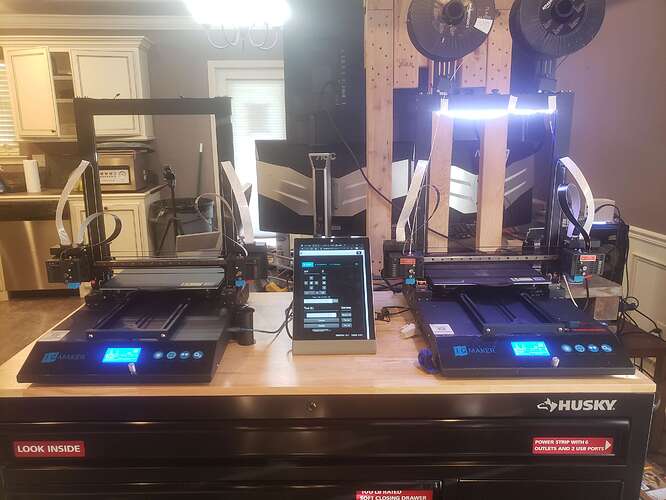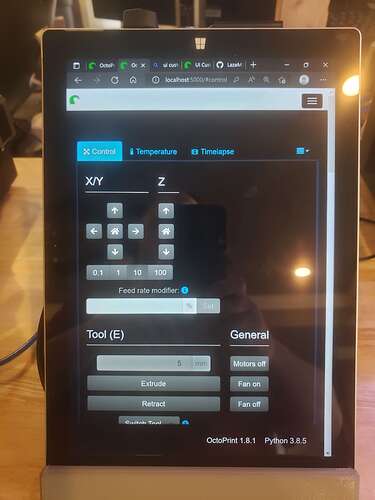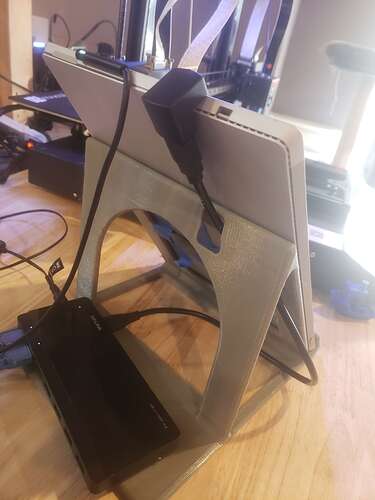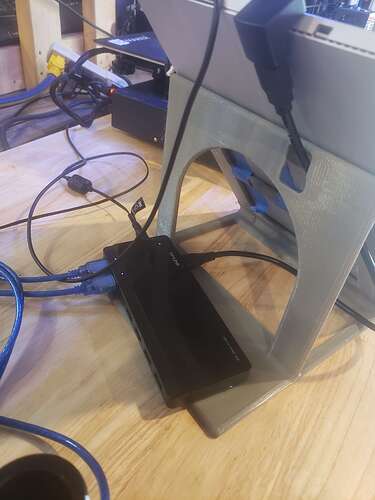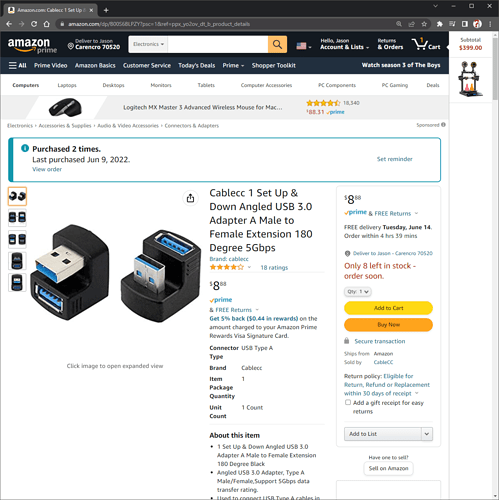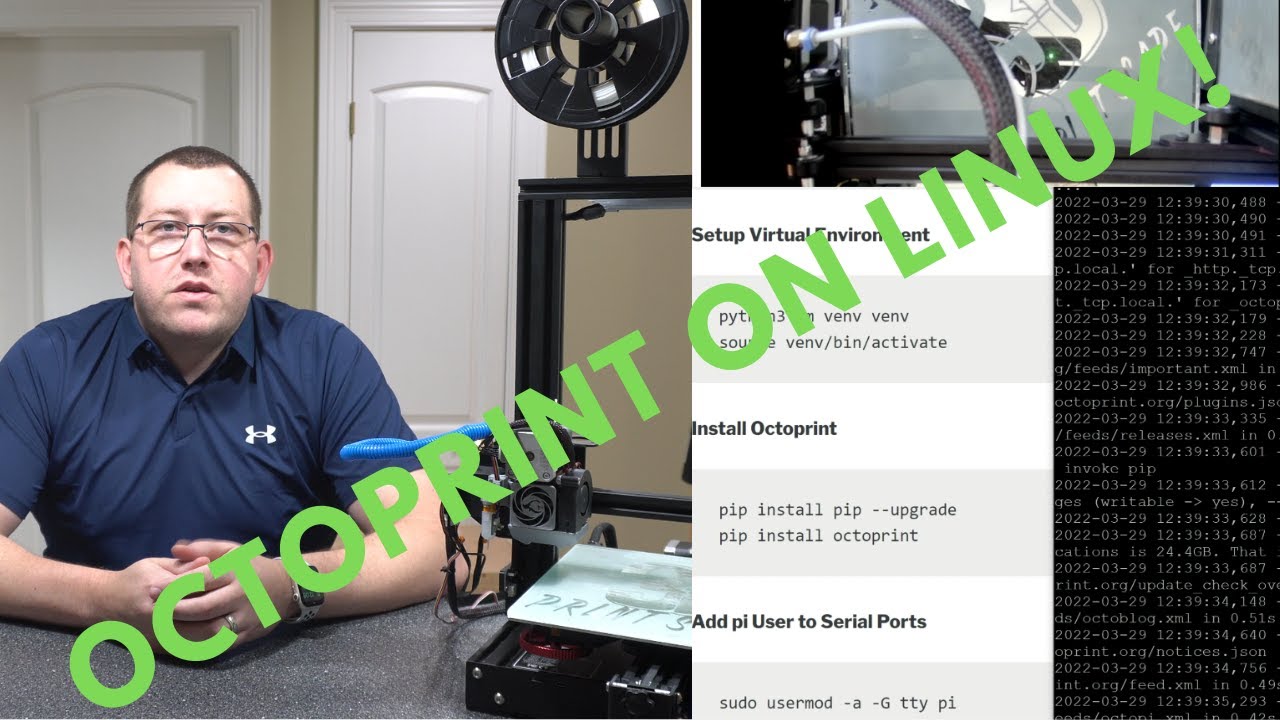I have been working on an restore image of Linux Mint with OctoPrint preconfigured. In this version I did not configure the OctoPrint Servers, but I am planning to make another image where the OctoPrint Servers are already configured and also have it preconfigured with
UI Customizer is already installed and configured for a tablet use, Microsoft Surface Pro 3 and above.
I have created two restore images, one is with Clonezilla, and the other is with Acronis True Image. Just use Rufus on Windows to burn the image to your USB, or Disk in Linux.
Here is a lint to the Introduction Video: https://youtu.be/bVRJ8OEbx2g
Here are the details in the commits of that video:
This video and information below are intended for Existing or New OctoPrint Users:
OctoPrint:
Details of the 'OctoPad" Linux Mint OctoPrint Distribution are below:
Introduction Video Can be found Here (THIS VIDEO: "YOUR ARE HERE"):
Clonezilla - 'OctoPad" Restore Image can be found Here:
https://drive.google.com/drive/folders/13lDFVlAXRFWzwxxQiIQCGGGgw7fHRFuj?usp=sharing
YouTube Video for Clonezilla:
True Image - 'OctoPad" Restore Image can be found Here:
https://drive.google.com/drive/folders/1UNbdGa4sKxmu8ioCuCSjvPqxffa31EkC?usp=sharing
YouTube Video for Acronis True Image:
How to Restore the Bootable Image to USB using Rufus:
- 'OctoPad": Depends on your perceptions (another topic for discussion, :)).
** If you have a better descriptive name, I will change it, :). Really didn't know what to call it.
*** You need to tell me why your descriptive name is better, :).
**** depending who you are and how you are using it, ‘OctoServer” might make more since.
**** Maybe with Linux Mint there could be a Pad version and a Server Version.
***** If you can do it better than me, please do.
****** I will download it and use it.
******* My ego is 100% detached from this transaction.
******* There is also ZERO Warranties expressed or implied. The use of this creation is at your own discretions'. “FREE”, always comes without Warranties.
** CREDITs & DONATIONs **
******** DONATIONS GO HERE: OctoPrint.org - Support OctoPrint
******** AND HERE: Donors - Linux Mint
******** AND HERE: https://clonezilla.org/
******** AND HERE: Rufus - Create bootable USB drives the easy way
******** AND HERE: Buy Acronis Cyber Protect Home Office (formerly Acronis True Image)
******** AND HERE: GIMP - Donate
******** AND HERE: OpenShot Video Editor | Donate
******** AND HERE AS WELL: https://www.fsf.org/
********* AND YES, EVEN MICROSOFT AND eBay (When you buy a used Surface Pro and do your part ethically recycling): Microsoft Surface Pro 3 for sale | eBay
********* AND NOT 'here": This was fun me, and all of the above aforementioned made this possible for you and me. Buy a used Surface Pro or used anything of the like, and you help me ethically recycle.
